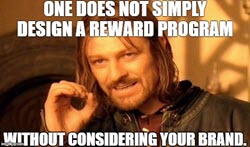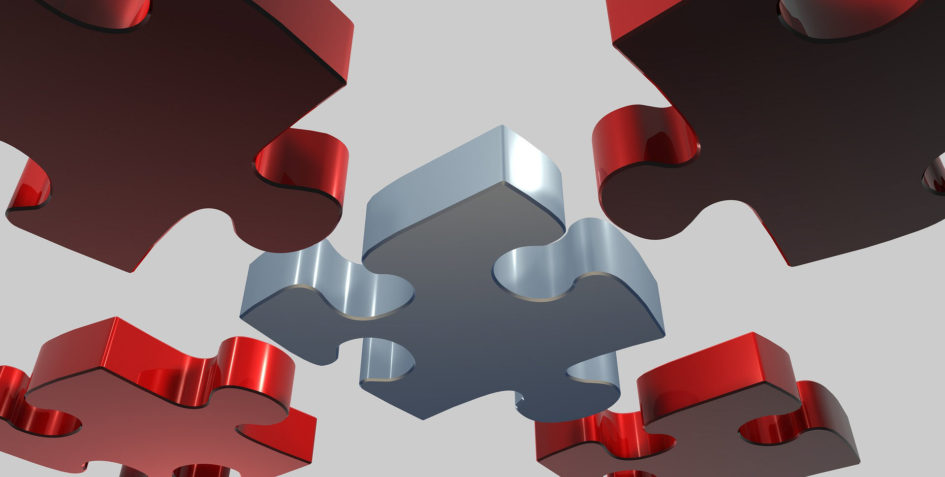Or is it Part 2 since I posted the intro piece last week? Does the intro count at Part 1? I’m going to say no. The parts are the elements – the Intro/Summary aren’t part of the series. So this series really has 7 parts but only 5 of them are numbered. Confused yet? Good.
As I indicated in the intro post it is painful for me to watch incentive and recognition programs discussed (poorly) online by self-declared experts in program design. I’m sorry – participation in something doesn’t grant you expert status. I’ve participated in an airplane flight as a passenger (heck I’ve sat NEXT to a pilot in a small plane) but you do not want me grabbing that stick in mid-flight. Trust me. I’m like “Maverick” after a flat-spin. No guts and zero glory. But there are those that believe their adjacency to a reward program confirms guru status on them. Not true.
But do not fret. I’m here to give you the skinny based on over 50,000 hours of practice (take that Gladwell… )
To remind you… this series will include discussions around these big categories of good program design:
- Representing your brand.
- Aligning the program with company mission/values/goals
- Determining the right audience
- Focusing on your business goals
- Addressing the Performance Equation
These categories are not exhaustive by any means – just the big swaths of knowledge that should inform your program design. There are many tiny tactics and rules that can affect your program outcomes drastically. But these five must be addressed or the whole thing goes kerflooey (and yes that is a technical term I learned at about the 20,000 hour mark.)
First on the hit list – representing your brand.

The first step in any program design is to review and understand the brand the program represents. Even though the program may be a short-term incentive your brand and the program are inextricably linked. This is even more important if you’re designing an enterprise engagement/recognition program. Your program and your brand are not separate entities. You can’t have a program disconnected from your brand any more than you would run a commercial on national TV that is contrary to your brand.
Ask yourself “Is the brand a family brand?” If the answer is yes, maybe Vegas isn’t the best reward for your sales people. Is the brand a “millennial” brand appealing to younger audiences? If yes, then tickets to see Neil Diamond may not be the right thing to offer as an award. Or is the brand an “American” brand focused on made in America and connected to apple pie, pickup trucks and baseball? Made in China awards probably not a great a choice. (So nothing from the Ivanka collection?)
And it’s not just the “reward” part of the program. The communication should follow similarly aligned rules. Don’t launch a program via Twitter if you’re company bans the use of social media at work. If you sell printing – maybe an “all online” program won’t send the message you think it will.
Don’t think this will limit your creativity in program design or award choice. It doesn’t. It may make it harder. It may take a bit more effort and a bit more time but is shouldn’t limit you. The real problems arise when you try to take the easy way out and jump on a popular “meme” or some other trend without a thought as to how it intersects with your brand.
When companies create big advertising campaigns they are almost always extensively reviewed, and reviewed again, and vetted to make sure there are no hidden “gotcha’s”. Unfortunately, many enterprise reward programs aren’t seen as “public” so they don’t get the same scrutiny. But they should. In today’s social media heavy world, your program often leaks outside your corporate walls through your own employees’ social media accounts. Think about it. Who wouldn’t want to brag the award they earned in their company recognition program? How much fun will your PR department have when that employee brags about the trip to SeaWorld they earned at the same time the company is pitching its dolphin-safe asparagus paste. Not great.
Many companies invest heavily in the public view of their brand but forget that one poor program could strip away all the good will developed over years of marketing and branding.
Pay attention. Ask yourself the hard questions. Put in the effort to design a creative, exciting and worthwhile program that supports, reinforces and moves your brand forward.
 Don’t cheap out and just add the most googled meme as your program logo.
Don’t cheap out and just add the most googled meme as your program logo.
Before you do anything else – make sure the program keeps the faith with your brand.






1 Pingback